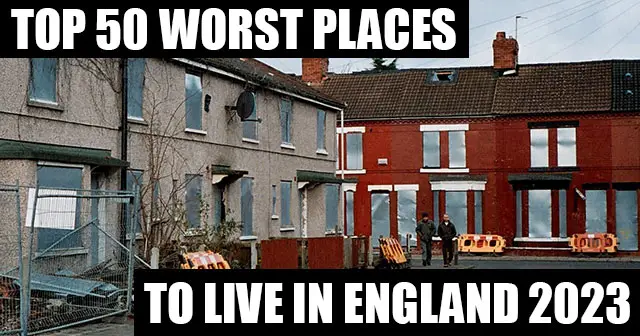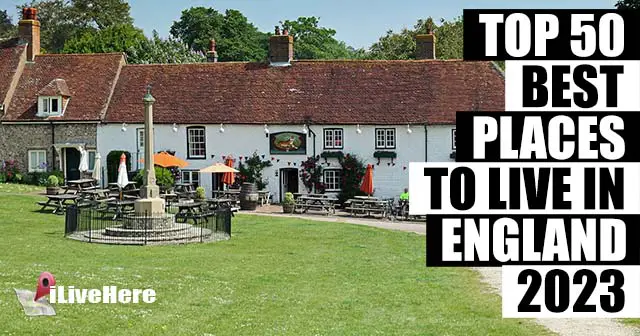Geography
High Street is located in the Wheatley ward of the Rochford district in Essex.| Coordinates | 51.584471, 0.602018 |
| Grid Ref | TQ803904 |
| Suburb | Rayleigh |
| Constituency | Rayleigh and Wickford |
House Prices
The average house price in High Street is 100% higher than the rest of Rochford. The last sale we have on record is LAS BAS High Street, that sold for £280,000. The average house price in Rochford is £0 as of June 2023.Average House Prices
Recent sales in High Street
| Date | No. | Type | Price |
|---|---|---|---|
| 28/07/2023 | LAS BAS | Terrace | £280,000 |
| 15/12/2022 | MELFORD | Semi | £327,500 |
| 29/07/2022 | ALGIERS | £580,000 | |
| 11/07/2022 | LUCKNOW | Detached | £475,000 |
| 15/09/2021 | NIMROD COTTAGE | Semi | £360,000 |
| 30/10/2020 | OLD POST OFFICE | Detached | £460,000 |
| 16/10/2020 | THE BONNINGTON | Detached | £418,000 |
| 18/09/2020 | WHINFELL | Semi | £260,000 |
| 24/07/2020 | THE CHIMES | Detached | £320,000 |
| 15/05/2020 | WEST COTTAGES | Semi | £282,500 |
Contains HM Land Registry data © Crown copyright and database right 2021. This data is licensed under the Open Government Licence v3.0.
Crime in High Street, Essex
There were 2 street crime incidents in High Street in April 2024. These are the latest figures released by Essex Police Force.
April 2024 Crime Incidents in High Street
| # | Category | Outcome |
|---|---|---|
| 1 | Violent Crime | Offender given a caution |
| 2 | Violent Crime | Unable to prosecute suspect |
Crime Deprivation
The Indices of Multiple Deprivation (IMD) government statistics have a measure of how likely you are to be a victim of personal crime. We have taken the lower super output area (LSOA) that includes High Street and compared that to the average for the Wheatley ward.You are more likely to be a victim of personal crime in High Street, when compared to the average EIMD rank for the Wheatley ward
Social economic statistics for High Street
These statistics are taken from the English Index of Multiple Deprivation's decile figures, with 1 being the worst and 10 being the best. As these are decile figures, a score of 1 for example would mean High Street is on the top 10% of most deprived LSOAs, conversely a score of 10 would mean High Street is in the top 10% of least deprived LSOAs in the country.Income Deprivation
The Income Deprivation Domain measures the proportion of the population in and around High Street experiencing deprivation relating to low income.Employment Deprivation
The Employment Deprivation Domain measures the proportion of working-age residents in and around High Street involuntarily excluded from the labour market. This includes the unemployed, those who are sick or disabled, or have caring responsibilities.Health & Disability Deprivation
The Health Deprivation and Disability Domain measures the risk of premature death and the impairment of quality of life through poor physical or mental health. This does not include aspects of behaviour or the environment that may be lead to predicted future health and disability problems.Index of Multiple Deprivation
The Index of Multiple Deprivation (IMD) is an overall relative measure of deprivation constructed by combining seven measures of deprivation. It encapsulates a broad socio-economic view of High Street, from outside living quality, housing quality, access to services and crime.2021 Census for High Street
We chosen some choice data from the 2021 census, that will hopefully give you socio-economic a snapshot of High Street.
Unemployment in High Street
The census is now the only reliable source to find the proportion of residents that are unemployed or under-employed as the Department for Work and pensions no longer do so and haven't since the introduction of Universal Credit.Retirees (OAPs) in High Street
The proportion of retirees in a road should give you an indication of the demographics of High Street. The proportion of retirees on High Street is 3.54% higher than the national average of 18.6%.Home ownership in High Street
The proportion of home owners on High Street is 13% higher than the national average of 62%. 24.22% of properties in High Street are private rented and 0.78% are social rented.Country of Birth of High Street residents
The proportion if High Street residents born in the UK is 11.08% higher than the England national average of 82.65%. 6.27% of High Street residents were born outside the UK.High Street Summary
With house prices in High Street more than the average for Essex and very low levels of income depirvation, this is an indicator of a very wealthy road. High Street is the the top 10% of least income deprivated streets in England. High Street has a higher level of home ownership than the national average. This is an indicator that finding private rented accomodation in High Street maybe difficult.
High Street has very low levels of employment deprivation, suggesting that finding work in the local area maybe easier compared to the rest of the country.



